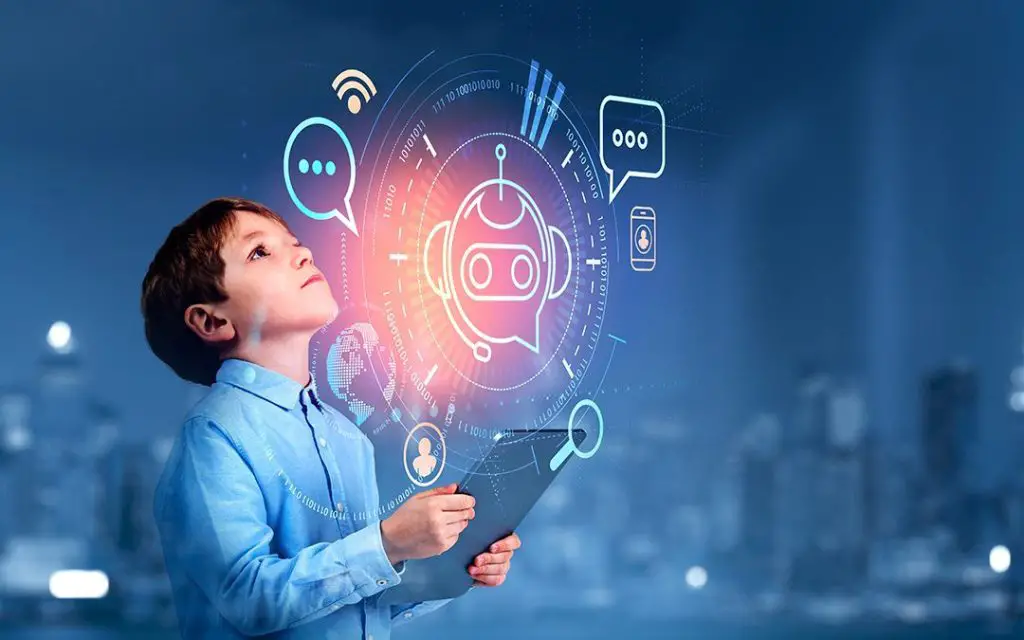
Gamification—the use of game design elements in non-game settings—has emerged as a highly effective strategy in contemporary education. By integrating rewards, challenges, and interactive activities, gamification boosts student engagement, fosters active participation, and enhances learning outcomes. As digital learning platforms continue to grow, gamification is reshaping traditional classrooms into dynamic and immersive environments. In parallel, the rise of virtual reality in classrooms is offering students immersive, hands-on experiences that deepen understanding and engagement, though challenges such as cost, accessibility, and technical support must be addressed to fully realize its potential.
Boosting Engagement Through Game Elements

Gamification boosts student engagement by incorporating features like points, badges, leaderboards, and progress tracking. Platforms such as Kahoot! and Classcraft transform quizzes and lessons into interactive competitions, motivating students to participate actively. These game-like elements foster a sense of achievement, making learning enjoyable and improving information retention. At the same time, AI is revolutionizing online learning by personalizing education—analyzing student performance to tailor content, recommend resources, and adapt pacing, ensuring each learner receives customized support for better outcomes.
Enhancing Learning Outcomes with Interactive Experiences

Game-based learning improves comprehension and problem-solving skills. Educational games like Prodigy (for math) and Duolingo (for language learning) provide adaptive challenges that adjust to students’ skill levels. This personalized approach ensures that students learn at their own pace while continuously improving. Additionally, gamification promotes critical thinking and collaboration, as many games require teamwork and strategic decision-making.
Challenges and Future of Gamified Learning

While gamification offers numerous benefits, its implementation comes with challenges. Not all subjects or lessons can be easily gamified, and excessive reliance on rewards may reduce intrinsic motivation. Additionally, educators need proper training to design effective gamified experiences. However, with advancements in technology, AI-driven adaptive gamification is emerging, allowing personalized and dynamic learning experiences that cater to individual student needs.
Conclusion
Gamification is reshaping education by increasing student engagement, improving learning outcomes, and making lessons more interactive. While challenges exist, continuous innovation in educational technology is expanding gamification’s potential. As more institutions adopt this approach, gamified learning will play a crucial role in the future of education.